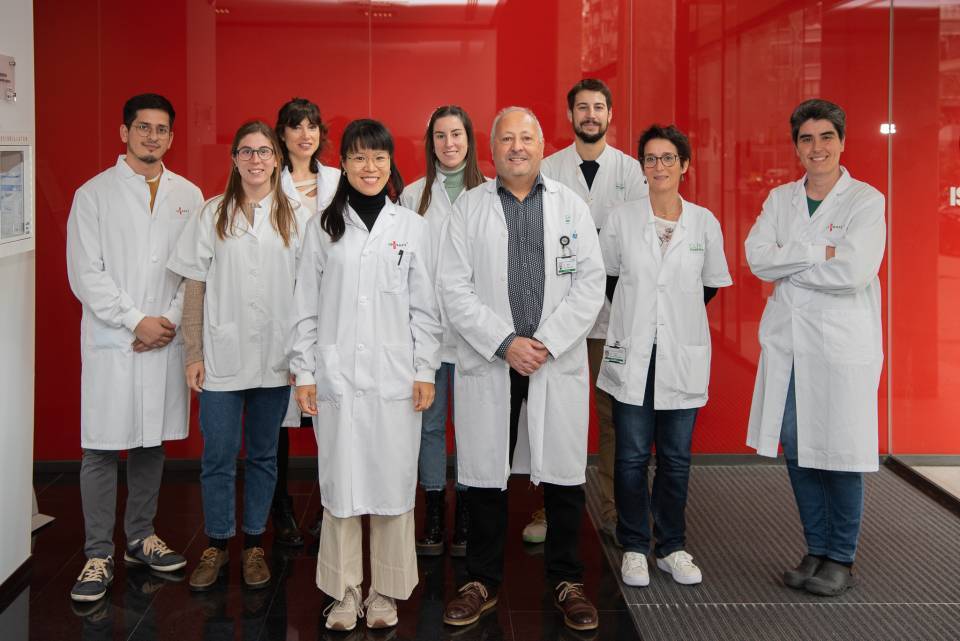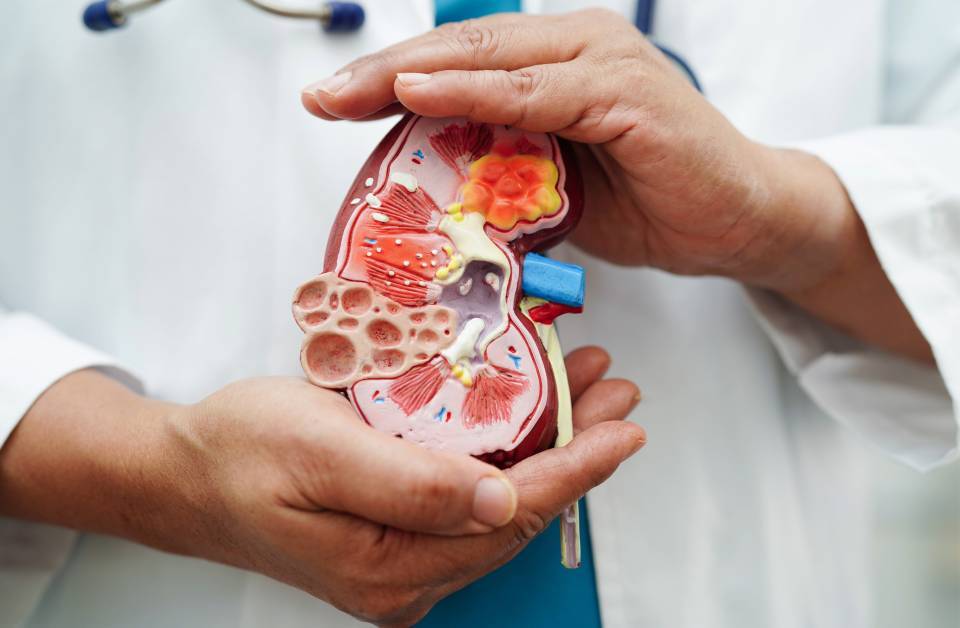This study, published in the Journal of Hepatology, was conducted by the Biochemistry and Molecular Genetics Service, Hospital Clínic - IDIBAPS, and was led by Dr Joan Clària, head of its Inflammation and Liver Disease Group, with collaboration from Dr Ingrid Zhang. It was observed that the functioning of mitochondria, cellular organelles that produce energy, is severely impaired in the white blood cells of patients with advanced liver disease. This is the first study that directly demonstrates this alteration at the cellular level.
The study was performed on a group of 108 patients with Acute Liver Decompensation (HDA), another group of 128 patients with Acute-on-Chronic Liver Failure (ACLF) and a control group of 41 healthy individuals. HDA occurs if there is impaired liver function in patients with cirrhosis, manifesting as ascites, hepatic encephalopathy and kidney function damage, among other conditions.
On the other hand, ACLF is caused by a rapid deterioration of liver function; it causes extrahepatic organ failure and has high mortality. It requires early recognition in patients with HDA at high risk of developing it.
The mitochondria of the white blood cells of these patients were studied. White blood cells or leukocytes are found in the blood and protect us from infection. They have a nucleus and cellular organelles. One type of these are the mitochondria, which constitute the powerhouse of the cell and produce most of the energy to activate its biochemical reactions.
Mitochondrial morphology was directly verified by electron microscopy, and structural differences were detected. Furthermore, patients with HDA and ACLF had a higher number of mitochondria per leukocyte and a reduction in their size. A deficit in mitochondrial energy production was also found, because this was obtained from sources other than the usual ones, such as the use of amino acids and other alternative substrates and intermediates within the cell.
Also, the biomarkers GDF15 and FGF21 were analysed, which are molecules that cells release into blood plasma in response to mitochondrial stress. It was found that the concentration of these biomarkers had increased in patients with HDA and ACLF, compared to the healthy patients. In addition, a transcriptomic analysis (study of gene expression) was performed in leukocytes from patients with HDA, with and without IHCA. The patients with HDA and ACLF had excessive systemic inflammation. The reason for this is not known, but it has been seen that there is a close relationship between inflammatory genes and the genes for mitochondrial dysfunction.
People in advanced stages of liver disease have a poor prognosis, suffering from dysfunction of vital organs and with few treatment options. This research provides direct structural, biochemical and cellular evidence that mitochondrial dysfunction governs the metabolism and immune response of leukocytes. A better understanding of the involvement of the disease from the cellular point of view may allow the development of treatment options and improve the prognosis of these patients.
The study was carried out thanks to the European Foundation for the Study of Chronic Liver Failure (EFCLIF); MEC scholarships from the Ministry of Education, Culture and Sport; the European Union Research and Innovation programme, Horizon 2020; and the Sheila Sherlock aid programme.




